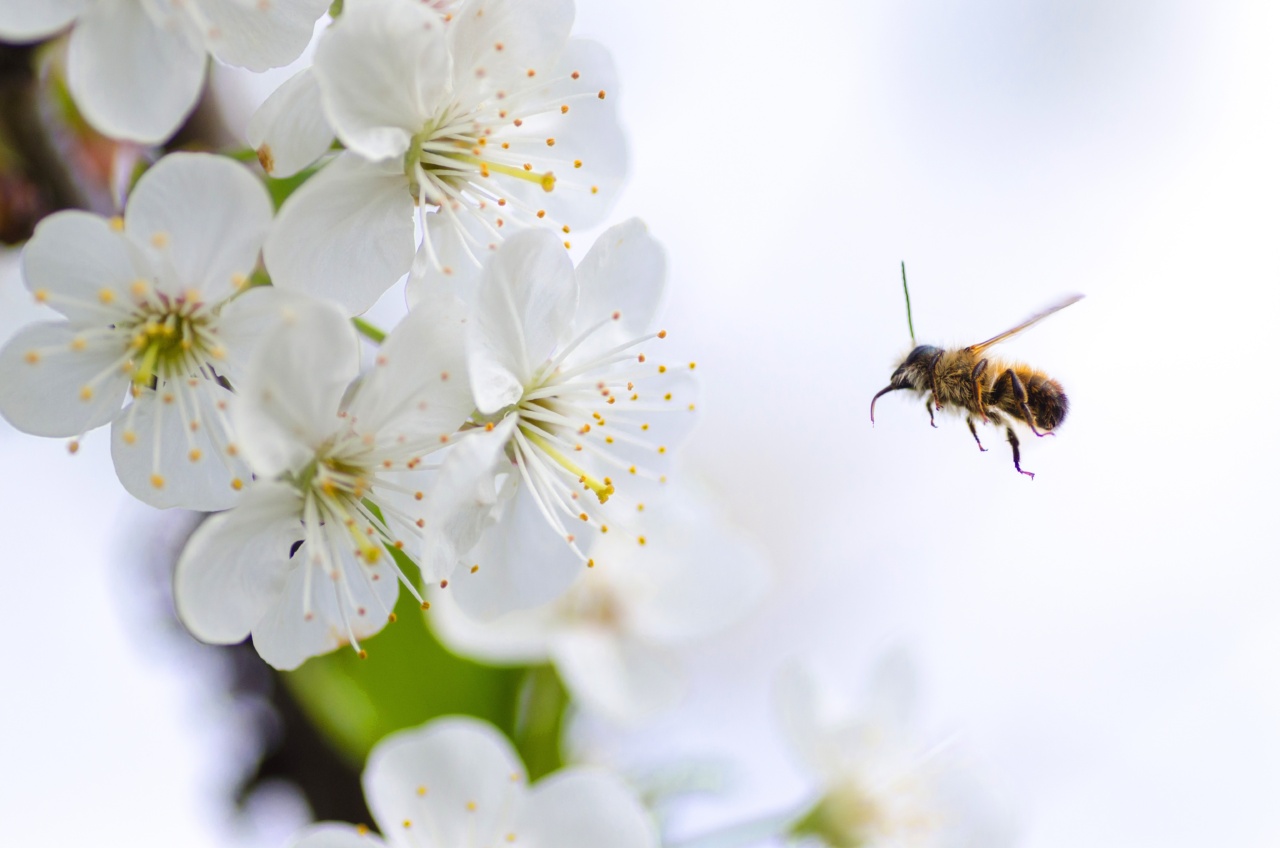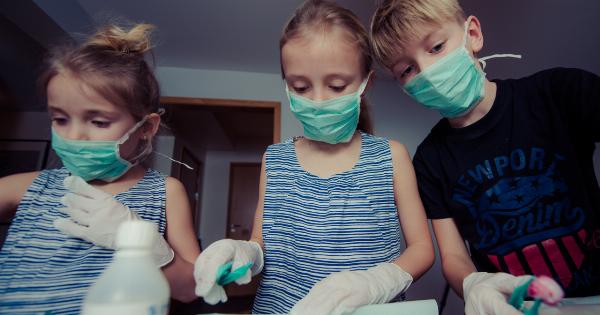Insect bites and stings are common during the summer months when we spend more time outdoors. Most insect bites and stings are harmless and can be treated without medical intervention.
However, some people may have an allergic reaction, which can lead to serious health problems. Knowing how to administer first aid for insect stings can help prevent serious complications.
What Causes Insect Stings?
An insect sting occurs when an insect injects venom or other harmful substances into your skin. This can be done through a bite or a sting. Common insects that sting include bees, wasps, hornets, yellow jackets, and fire ants.
Symptoms of Insect Stings
Symptoms of insect stings vary depending on the type of insect and the person’s sensitivity to the venom. Common symptoms include:.
- Pain at the site of the sting
- Redness and swelling at the site of the sting
- Itching
- Hives or rash
- Difficulty breathing
- Swelling of the face, lips, or tongue
- Dizziness or fainting
- Nausea or vomiting
- Rapid heartbeat
If you experience any symptoms of an allergic reaction, seek medical attention immediately.
First Aid for Insect Stings
If you get stung by an insect, here are some steps you can take to alleviate pain and reduce swelling:.
- Remove the stinger if it’s still in your skin. Use a pair of tweezers to grasp the stinger and pull it out. Be careful not to squeeze the venom sac, as this can release more venom into your skin.
- Clean the area with soap and water.
- Apply a cold compress to the site of the sting to reduce swelling and pain. You can use a bag of ice or a cold, wet washcloth.
- Take an over-the-counter pain reliever such as ibuprofen or acetaminophen to reduce pain and swelling.
- If the sting is on your arm or leg, elevate the limb to reduce swelling.
- Avoid scratching the sting, as this can increase itching and swelling.
When to See a Doctor
If you experience any of the following symptoms, seek medical attention immediately:.
- Difficulty breathing
- Swelling of the face, lips, or tongue
- Dizziness or fainting
- Nausea or vomiting
- Rapid heartbeat
- A rash or hives over large areas of your body
- Fever or chills
- Joint pain or muscle weakness
Preventing Insect Stings
Here are some steps you can take to prevent insect stings:.
- Avoid wearing brightly colored clothing or strong perfumes, which can attract insects.
- Wear long-sleeved shirts and pants when you’re in areas with a lot of insects.
- Use insect repellent on exposed skin and clothing, following the manufacturer’s instructions.
- Keep food and drinks covered when you’re outside.
- Be careful when eating sweet food like jam or fruit juice outside. They can attract insects to you!
- Keep exterior doors and windows closed; make sure your screen doors have no holes that insects could enter through.
- If you spot an insect nest, contact a professional pest control company to remove it.
- If you’re allergic to insect stings, wear a medical ID bracelet and carry an epinephrine pen with you at all times.
Conclusion
Insect stings can be painful and annoying, but most of the time they’re harmless. By knowing how to administer first aid for insect stings and taking preventative measures, you can avoid serious complications and enjoy your time outdoors.




























